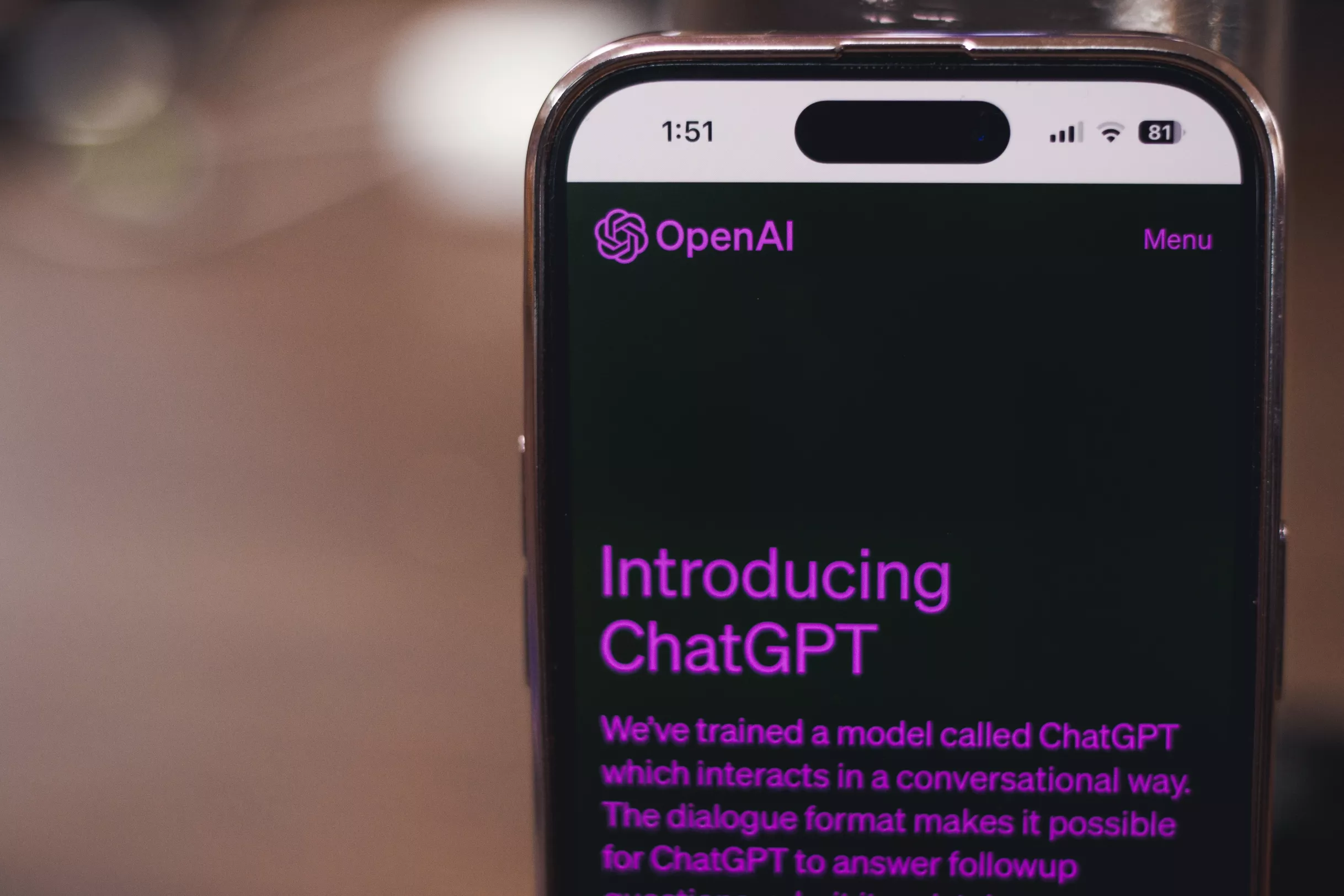I recently got my hands on Windsurf AI, and I wanted to share my experience with this AI-first Integrated Development Environment (IDE). If you’re a developer like me, always on the lookout for tools to boost productivity, this might be on your radar. So, is Windsurf AI the real deal? Let’s find out.
What is Windsurf AI?
Windsurf is an AI-powered IDE (formerly known as Codeium) that stays “ten steps ahead” of you. It goes beyond simple autocomplete: Windsurf’s Cascade agent fully understands your project and can generate, run, and debug code across files.
Think of Windsurf AI as your familiar code editor (its interface will remind you a LOT of VS Code, which is a good thing!) but with a powerful AI engine deeply integrated into its very core.

When they say “AI-first,” they mean it. The AI isn’t just a tacked-on feature; it’s designed to understand your entire project’s context. This allows it to not only help you write code line-by-line but also to assist in complex tasks like refactoring, debugging, and even generating significant chunks of your application.
The big idea is to help you achieve that coveted “flow state” by taking over repetitive or boilerplate tasks, allowing you to focus on the complex logic and creative problem-solving. Whether you’re a seasoned developer looking to accelerate your workflow or a beginner needing a guiding hand, Windsurf AI has something intriguing to offer.
Key Features That Made a Difference
Windsurf AI is packed with features, but here are the ones that stood out during my testing:

- Cascade (The AI Agent): This is the star of the show. Its deep contextual awareness means it doesn’t just look at the current file; it seems to understand the entire project. When I asked for changes, it often modified multiple files correctly to maintain consistency.
- Flows (Agents + Copilots): Windsurf uses this term to describe how its AI works. Sometimes, Cascade acts like an Agent, taking a high-level prompt (like “build me this app”) and executing a series of steps. Other times, it’s more of a Copilot, offering suggestions, completing code, or helping you debug interactively in the Chat panel.
- Windsurf Previews: You can see a live preview of your web application (if it’s a web project) directly within the IDE. Even better, you can click on elements in the preview, and Cascade can then help you modify that specific element or its styling. Very cool for UI tweaks.
- Integrated Deployment (Beta): While I didn’t fully deploy a production app, I explored this. Windsurf AI can analyze your project and generate the necessary configuration files (like Procfile for Heroku or Railway deployment scripts) and provide step-by-step instructions to get your app live. This could save a ton of time and headaches, especially for those less familiar with specific platform deployments.
- Context-Aware Actions (via @ mentions and tool buttons): You can use @ to reference specific files, directories, or even web search results (@web) directly in your prompts to Cascade. There are also buttons to quickly add context like open files, documentation, or terminal output.
- Standard IDE Features: Beyond the AI, it includes essential tools like a linter, powerful search, source control integration, a terminal, and more.
Flexible AI Model Selection: You’re not locked into one AI model. Windsurf provides access to:
- SWE-1 models: Their own in-house models, optimized for software engineering. The free tier includes SWE-1 Lite.
- Third-party models: You can use credits to access powerful models like GPT-4, various Claude 3.x versions (Sonnet, Opus), and Gemini. This flexibility allows you to choose the best (or most cost-effective) model for a specific task.
Write Mode vs. Chat Mode:
- Write Mode: Ideal for broader tasks like “generate a new component” or “refactor this module.” You give it instructions, and it works more autonomously, showing you the changes it’s making.
- Chat Mode: Your go-to for interactive Q&A, explaining code snippets, debugging errors, and refining generated code. You can paste code, ask for explanations, or provide error messages.
Getting Started with Windsurf AI
Visit the official Windsurf website, download the appropriate installer for your operating system, and follow the instructions.

Install Windsurf on Linux
Add the repository to sources.list.d by run following command:
curl -fsSL "https://windsurf-stable.codeiumdata.com/wVxQEIWkwPUEAGf3/windsurf.gpg" | sudo gpg --dearmor -o /usr/share/keyrings/windsurf-stable-archive-keyring.gpg
echo "deb [signed-by=/usr/share/keyrings/windsurf-stable-archive-keyring.gpg arch=amd64] https://windsurf-stable.codeiumdata.com/wVxQEIWkwPUEAGf3/apt stable main" | sudo tee /etc/apt/sources.list.d/windsurf.list > /dev/null
sudo apt-get update
sudo apt-get upgrade windsurf
Launch Windsurf
In your terminal, start Windsurf:
windsurf
Complete Onboarding
Upon first launch, follow the onboarding steps:
- Setup Flow: Choose to start fresh or import settings from VS Code or Cursor.
- Keybindings: Select your preferred keybinding configuration (e.g., VS Code or Vim).
- Theme: Pick your desired editor theme.
- Sign In: Log in or create a free Windsurf account to access AI features.
How to use Windsurf AI
In Windsurf, pressing Ctrl+L (Cmd+L on Mac) opens or focuses the Cascade panel.
Cascade has two modes: Write mode (default) to generate or modify code, and Chat mode for asking questions.
Choose the write mode and type natural-language instructions like “Create a to-do app by using django framework” and Windsurf will generate code and run it in the background.

Then, wait until the agent finishes their work. :)
Video Tutorial on How I Built a To-Do Web App by Using Windsurf AI
Watch on YouTube: Windsurf AI Tutorial
To get the best out of Windsurf AI, a few things to keep in mind:
- Prompt Engineering Still Matters: The quality of the output depends heavily on how clearly and specifically you phrase your requests. There’s still a learning curve to “talk” effectively to the AI. The more detail you give Cascade, the better the results. Instead of “make a button,” try “create a blue Bootstrap primary button with the text ‘Submit’ that calls the handleSubmit function on click.”
- Free Tier Limitations: The 25 monthly prompt credits for premium models on the free tier will go quickly if you’re doing heavy development. The SWE-1 Lite model is unlimited for commands but might be slower or less capable for very complex tasks than the paid models. You might also hit rate limits which can pause the AI’s work.
- It’s Still Evolving: Like all AI tools, it’s not infallible. There were a few hiccups or times I needed to re-prompt or guide it more explicitly. Some features (like deployment) are still in beta.
- Patience is a Virtue: Complex generations can take a few minutes. It’s faster than doing it all manually, but don’t expect instant results for large tasks.
- Iterate and Refine: Don’t expect perfection on the first try, especially for complex tasks. Use the chat to ask for changes or clarification. Treat it like a junior developer you’re guiding.
- Break Down Big Tasks: If you want a very complex application, consider breaking it down into smaller, manageable features for Cascade to build incrementally.
- Review Generated Code: Always review what the AI produces. It’s a powerful tool, but it’s still an assistant.
Conclusion
Windsurf AI impressed me. It’s a significant step towards truly AI-assisted development that goes far beyond simple code completion. The ability of Cascade to understand project context and generate substantial, well-structured code for a web application like my To-Do app was a real “wow” moment.
It’s not going to replace developers, but it will make us more productive, help us learn faster, and take a lot of the grunt work out of coding.
I’m excited to see how Windsurf AI continues to evolve.
Have you tried Windsurf AI or similar tools? What are your thoughts? Share your experiences in the comments below!
Cheers! :)



